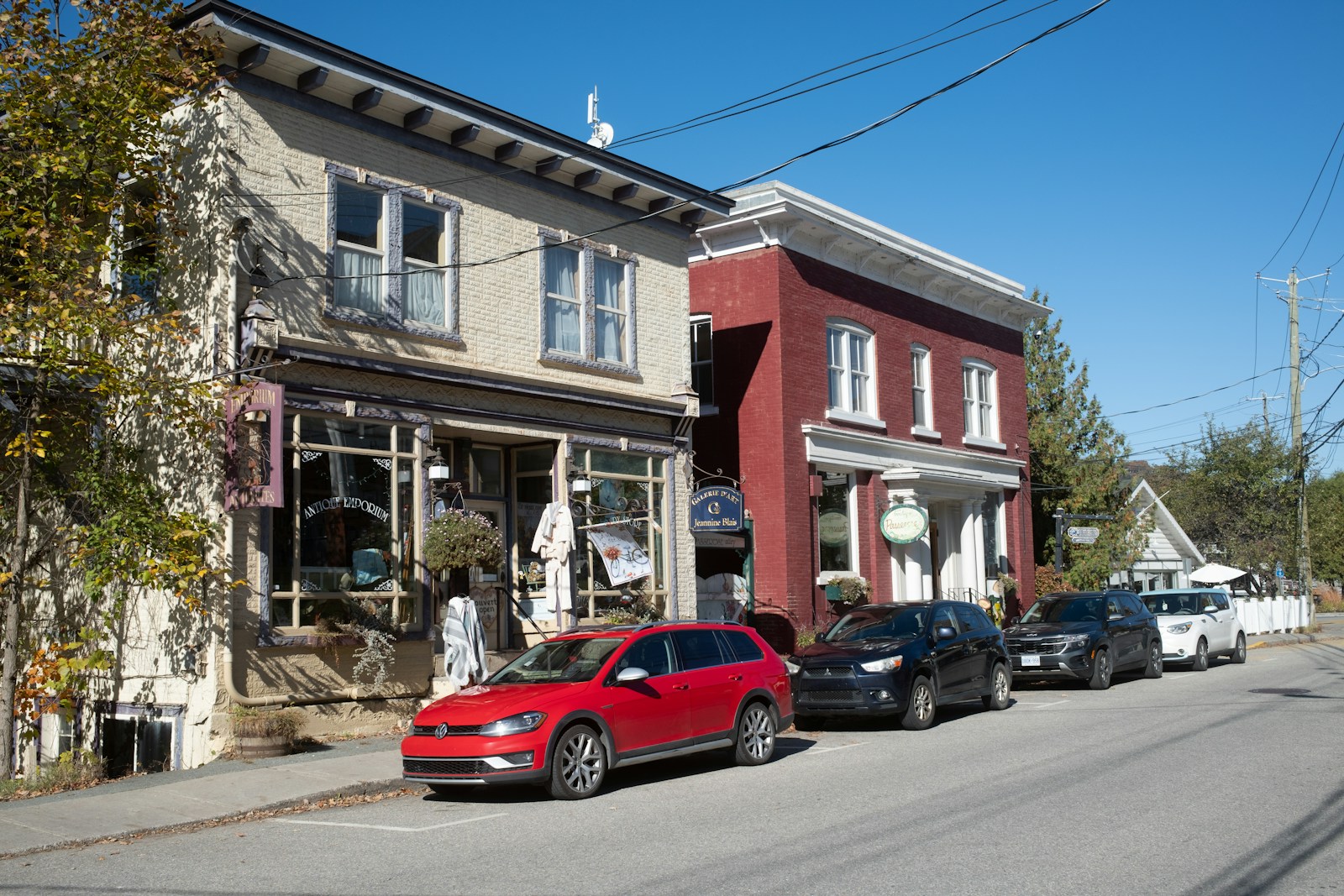Exploring the rich history, diverse cultures, and stunning landscapes of Europe can be the trip of a lifetime. But how do you ensure that your European adventure is as seamless and enjoyable as you’ve dreamed it to be? The answer lies in effective planning. In this blog, we will explore the art of planning a European trip, examining everything from the timing and budget to the practicalities of travel such as visas. Whether you are a seasoned traveler or venturing on your first big international excursion, these insights will help you craft a memorable European itinerary.
The Importance of Planning Your European Trip
Planning is the backbone of any successful trip, and this is particularly true for Europe, where countless countries, languages, and traditions converge. By taking the time to plan ahead, travelers can ensure they make the most of their time abroad. Proper planning can help you avoid unnecessary stress caused by tight schedules, missed connections, or unforeseen expenses. It also allows you to focus more on enjoying the experience and less on logistics.
Additionally, planning ensures that you can make the most of each destination. By knowing what sights you want to explore and what experiences you can’t miss, you can map out your days effectively and leave room for spontaneity. Nothing dampens the thrill of travel more than realizing you missed out on something amazing because of poor planning.
Furthermore, a well-planned trip minimizes the risk of overspending, which is crucial for budget-conscious travelers. By setting a budget in advance and sticking to it, you’re more likely to enjoy your trip without the post-vacation financial hangover. Overall, trip planning is about maximizing enjoyment while minimizing stress and uncertainty.
Factors to Consider When Planning a Trip to Europe
When planning a European getaway, several critical factors come into play that can significantly impact your travel experience. Timing is one of the most important considerations. If you plan to visit during the summer, you should be prepared for higher tourist volumes and costs. Alternatively, traveling during the shoulder seasons (spring and fall) can offer a more relaxed experience and often lower prices.
Weather is another key factor. Europe’s climate varies widely from country to country, so understanding the best times to visit certain regions is essential. If you’re dreaming of basking on a Mediterranean beach, aim for the warmer months. For winter sports enthusiasts, the Alps during the snowy season can’t be beaten.
Visa requirements can also affect your travel plans. Depending on your nationality and the countries you wish to visit, you may need to apply for visas well in advance. It’s essential to research these requirements early to avoid any last-minute surprises that could derail your plans.
Finally, budgeting is a critical aspect of your travel planning. Europe offers a range of travel experiences, from luxury to shoestring. By deciding on a budget early on, you can tailor your trip to fit your financial goals, ensuring you have the experience you desire without breaking the bank.
Long-term Planning vs. Short-term Planning
Deciding whether to plan your European trip long in advance or on short notice is a personal choice that depends on various factors. Long-term planning often provides the advantage of securing the best deals on flights and accommodations. With more time to research and book, travelers can often find significant savings, ensuring a wider selection of options.
On the other hand, short-term planning can offer flexibility and the excitement of spontaneous travel. Some travelers thrive on last-minute deals and enjoy the thrill of not knowing exactly what the next day may bring. This approach can sometimes lead to unexpected adventures and discoveries.
However, short-term planning can also come with challenges, such as limited availability of accommodations and higher prices, particularly during peak travel times. Balancing these advantages and disadvantages is key, and often a hybrid approach that combines early planning for major components with spontaneity for day-to-day activities can be ideal.
Step-by-Step Guide to Planning a European Trip in Advance
Planning a European trip doesn’t have to be overwhelming. Breaking down the process into manageable steps can make it feel more approachable and fun. Start by choosing your destination(s). Europe offers an incredibly diverse range of experiences, so think about what excites you most—be it history, nature, food, or art.
Next, create a budget that includes all travel-related expenses such as flights, accommodations, daily spending, and activities. Budgeting early helps you stay financially organized and focused.
Once your budget is set, it’s time to book flights and accommodations. Use price comparison tools and set alerts for deals to maximize savings. Remember, booking early often means better rates and more choices.
Don’t forget to research local customs, transportation options, and any special events happening during your visit. This knowledge will enrich your experience and prepare you for what to expect.
Finally, prepare for your trip by organizing travel documents such as passports and visas, purchasing travel insurance, and making packing lists. These final steps ensure that you’ll be ready to hit the ground running when you arrive.
Cost-saving Tips for Budget Travelers
Planning a trip to Europe on a budget doesn’t mean compromising on quality or experience. Savvy travelers can stretch their dollars by using a few smart strategies. Firstly, leverage travel rewards programs to earn points and miles that can be redeemed for flights and accommodations. Even if you’re new to these programs, signing up early can pay dividends.
Consider budget-friendly accommodations such as hostels, vacation rentals, or even house swapping. These options often offer unique experiences and a chance to live like a local.
Look for affordable activities and free walking tours, which are common in many European cities. They’re a great way to learn about the area and meet fellow travelers.
Lastly, eat like a local by visiting markets and street food stalls. Not only will you save money, but you’ll also enjoy authentic, delicious cuisine.
Real-life Examples and Testimonials
Hearing from fellow travelers who have successfully planned trips to Europe can provide valuable insights and inspiration. Take Emily, who meticulously planned her month-long European adventure a year in advance. By booking early, she secured discounted flights and a charming Airbnb in the heart of Paris. Her detailed planning allowed her to enjoy iconic landmarks without the stress of last-minute arrangements.
Conversely, David took a more spontaneous approach, booking his trip to Spain just a month before departure. While he faced a few challenges with accommodations, he embraced the flexibility and ended up discovering hidden gems off the beaten path.
These examples highlight that both long-term and short-term planning can lead to rewarding travel experiences. Learning from others’ successes and challenges can help guide your planning strategy.
Conclusion and Your Next Steps
In summary, planning a trip to Europe involves numerous considerations but is well worth the effort for a smooth and enjoyable experience. Whether you prefer long-term planning or the thrill of spontaneity, the key is to strike a balance that suits your travel style and objectives.
Start by crafting a detailed plan that addresses your destination, budget, timing, and logistics. Use the strategies and tips we’ve shared to enhance your travel experience and make the most of your European adventure.
And remember, planning is the first step towards the incredible memories you’ll create. For those eager to explore further, consider consulting travel forums, reading guidebooks, or engaging with travel communities online to enrich your preparation. Bon voyage!
























